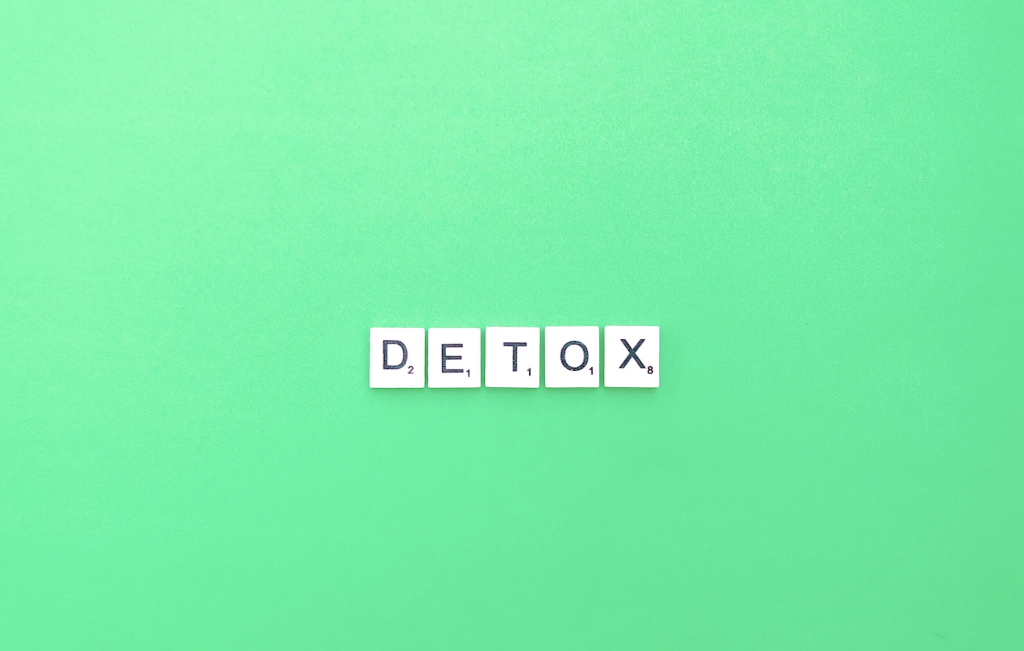CHELATION THERAPY EXPLAINED
Chelation therapy involves the intravenous administration of a man-made amino acid called Ethylenediamine Tetraacetic acid (EDTA). It is used to treat both acute and chronic heavy metal poisoning as well as atherosclerosis and heart disease. The term “chelation” comes from the Greek root “chele” which means to claw. This is because EDTA has a claw-like molecular structure that binds to metals in the body and carries them away in the urine.
BENEFITS OF CHELATION THERAPY
Everyone is plagued with heavy metal and toxin exposure on a daily basis, oftentimes without even realizing it. Contaminants are present in the air we breathe and the water we drink. When chelators bind to heavy metals and clean up cell membranes and receptors, hormones work more efficiently. Chelation also reduces reactive oxygen species by removing toxins from the outside of the cell. Following chelation therapy, patients with macular degeneration notice vision improvement as do about half of patients suffering from cataracts. Cataracts in their earlier stages have a better chance of improvement.
HOW CHELATION WORKS
Most heavy metals accumulate on the outer layer of the cell membrane or on cell receptors or channel proteins. On occasion, they also accumulate inside the cell in the cytosol. Chelation works in the plasma and extracellular fluid in addition to other external sites of toxic metal accumulation. Chelators, like EDTA, DMPS and DMSA are free radical scavengers. Because heavy metals increase oxidation in the body, chelation decreases oxidative stress.
THE ROLE OF ANTIOXIDANTS IN CHELATION THERAPY
Antioxidants are paramount in maximizing the effectiveness of chelation therapy. They afford extra protection to the tissues treated. The more a patient detoxes, the more antioxidants they need. Glutathione is the most powerful antioxidant in the body and helps to neutralize oxidative stress from free radicals. Glutathione is effective, but not without its cofactors B2, B3, magnesium, selenium, zinc, NAC and vitamin C. For cell protection, a combination of water and fat soluble support is necessary. Alpha lipoic acid, vitamin E and CoQ10 are fat soluble, while glutathione and vitamin C are water soluble.
TREATING AGE-RELATED CONDITIONS WITH CHELATION
Chelation can be used for preventative medicine and anti-aging. With age, metals accumulate near lipid cell membranes. This speeds up the rate of lipid peroxidation and pathological free radical oxidation which accelerates the aging process. Chelation therapy tonifies the immune system and balances out the body’s TH1/TH2 ratio. Chelation can also improve shortness of breath, pliability of blood vessels and nitric oxide production which can decrease associated chest pain. It also decreases lipid peroxidation and lowers high cholesterol.
To find out if chelation therapy can benefit you, please call Renaissance Health Centre at 702-258-7860 to schedule an appointment with Dr. Nicole Hujer. Be sure to stay tuned for the second part of this series that explains why phosphatidylcholine (PTC) is often used in conjunction with chelation therapy.

